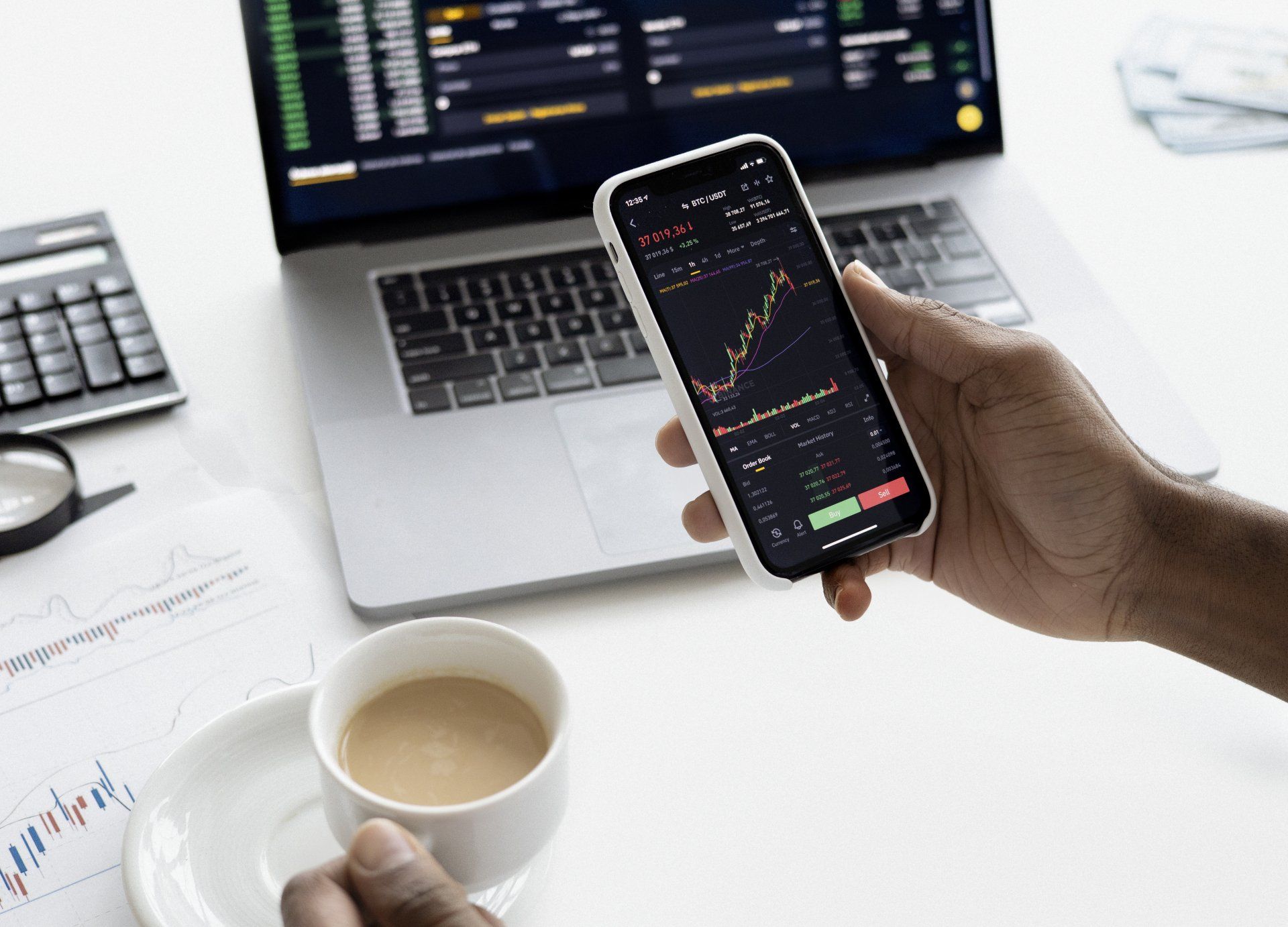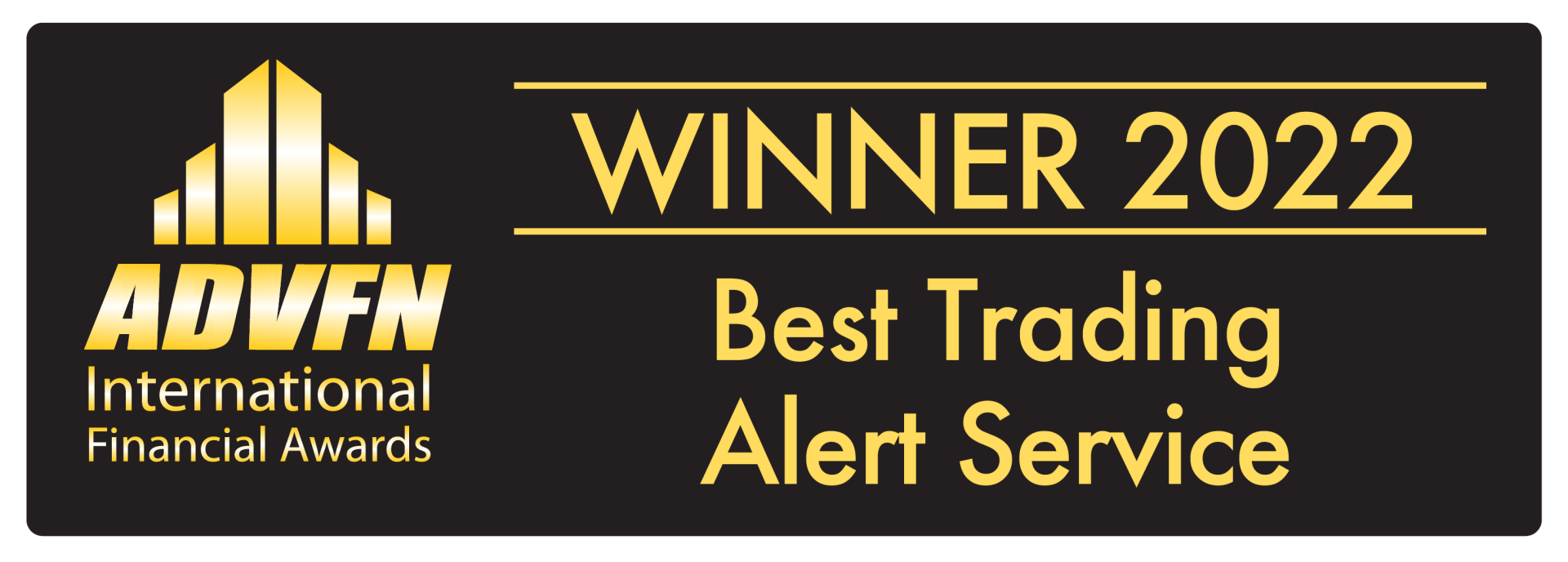Bonds v Stocks
Bonds, also known as debt securities, are sold by companies and governments to raise money from investors to fund projects or expansion efforts. Companies issue commercial bonds and the government issues treasury bonds. If you buy a bond you are effectively lending money to the issuer and in exchange the issue promises to pay you a rate of interest on top of the bond principal (the original amount you invested in the bond itself). By investing in bonds, you can get a predictable and reliable stream of income through interest payments; just like the bank gets when you take out a loan.
If you hold onto the bond until its maturity date (when it expires) you also get back the entire principal, so it is an investment with a low level of risk involved. The main risk comes if in the event a bond issuer defaults on a payment, in order to assess this you can check the rating of the relevant bond as bonds are rated by credit agencies. The best rated bonds are AAA (they have the lowest risk rating) while anything rated BB or lower is known as a junk bond and has the highest risk.
Stocks, also known as equities, are a type of security that give you a share of ownership in a specific company. By buying stocks, you can potentially grow your money through capital appreciation as the stock price increases. You can also earn dividends from the stocks if the company is paying dividends to shareholders (these are not guaranteed and entirely at the management's discretion). Because theoretically there is no upper limit to how high a share can go stocks offer the greatest potential for growth. But because stocks can drop in value in a short period of time they also come with significant risk: you could lose part or all of your initial outlay.
However, it is important to note that stocks and bonds have different characteristics and serve different purposes in an investment portfolio. Stocks are generally considered to be riskier investments than bonds, but they also have the potential for higher returns. Bonds, on the other hand, are generally considered to be safer investments, but they typically offer lower returns. A 60:40 ratio of stocks to bonds is often cited as a good place to start.
The other reason for investing in both bonds and stocks is that they tend to work opposite each other in economic cycles. For example, when interest rates are high, it is expensive to borrow money therefore businesses don't borrow as much which means they can't grow as much and stock prices are subdued. But when interest rates are low and money is cheap companies borrow more to invest and grow and the stock values are more likely to increase.
But what is happening now? Well we're in a strange situation where stock prices have been rising all of this year and bond prices are rising as well. These two things shouldn't be happening in parallel which is why market analysts are getting increasingly concerned about the direction of the economy. Raising interest rates is supposed to restrict company and consumer activity which should have the knock on effect of constraining stock prices because the companies won't grow as fast.
Moreover we have what is called an inverted yield curve where the interest being paid on short term bonds is higher than that being paid on longer term bonds. This is counterintuitive as you would normally expect to get a higher interest rate for tying your money up for longer and this inversion effect is always seen before a recession.
Consequently a lot of money has been piling into what are called money market funds to take advantage of the high short term interest rates. A lot of this money has been moved out of equities and the downside of this is that if you are moving money out of stocks you risk losing any upside potential.
So what should you do? Well, it is always a good idea to diversify your investment portfolio with a mix of stocks and bonds that aligns with your investment goals and risk tolerance. And the bottom line is don't make knee jerk decisions, just because everybody else is moving their money it doesn't mean you should!
















